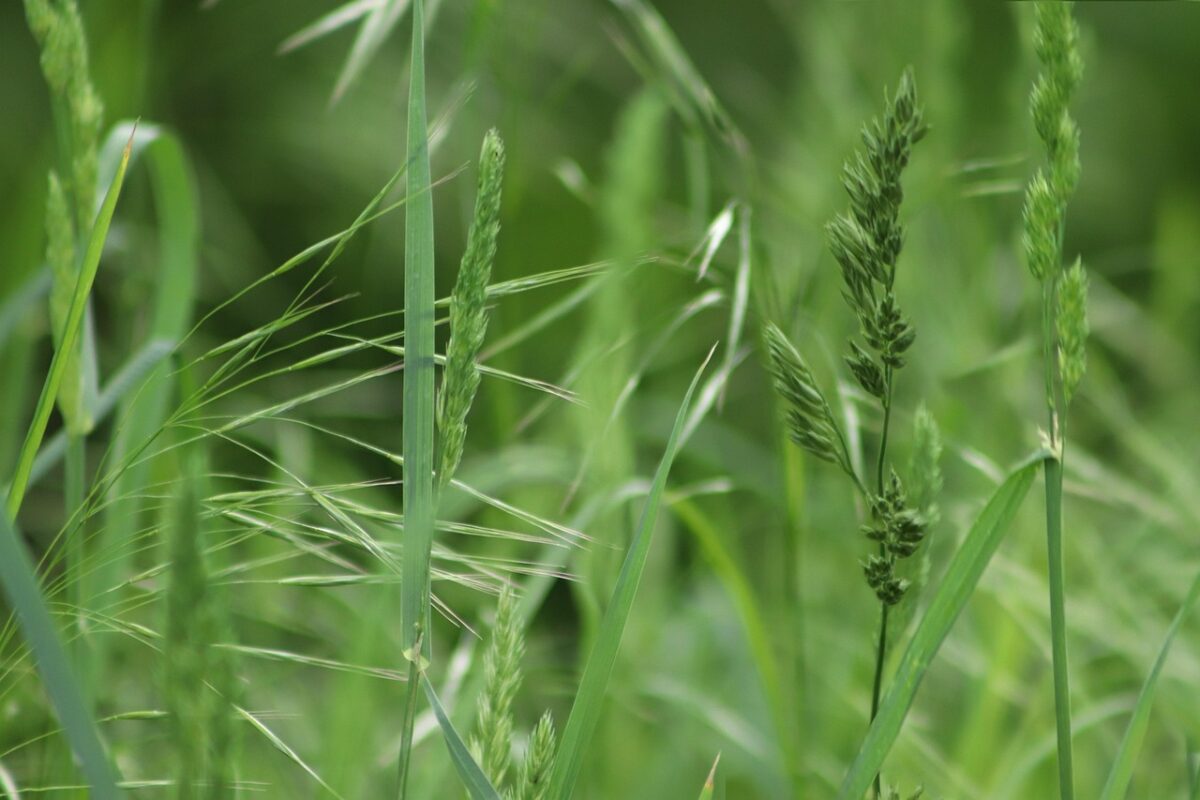Timing is crucial when it comes to planting grass seed, as it directly influences the health and appearance of your lawn. This guide will help you understand the best times to plant grass seed based on various factors, including your region, the type of grass you are using, and the weather conditions. By following this comprehensive grass seed planting guide, you will be equipped with the knowledge to achieve a lush, green lawn.
Understanding Grass Seed Planting Timing
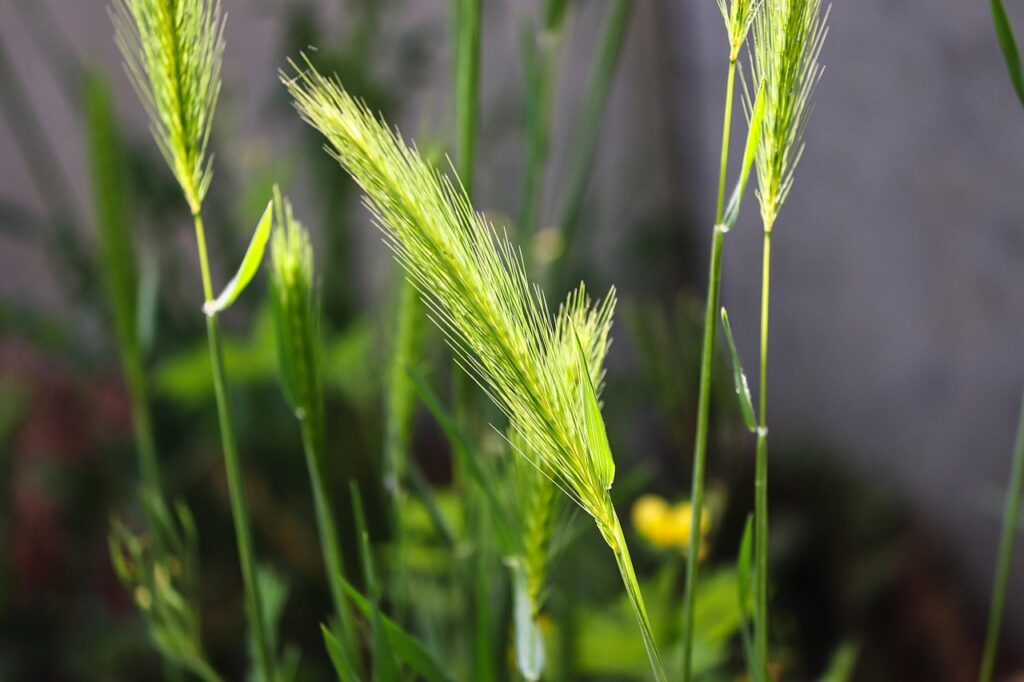
Grass types are broadly classified into two categories: cool-season grasses and warm-season grasses. Understanding the differences between these two types is essential for determining the best time for planting.
Cool-Season Grasses
Cool-season grasses thrive in the northern regions and grow best in temperatures between 60°F and 75°F. They typically experience peak growth in the spring and fall, making these seasons ideal for planting.
Warm-Season Grasses
Warm-season grasses are suited for southern climates and flourish in temperatures ranging from 80°F to 95°F. They grow most vigorously during the summer months, which is when planting should occur.
Factors That Influence the Best Time to Plant Grass Seed
Several factors can affect the timing of grass seed planting, including soil temperature, moisture levels, and local climate conditions. Understanding these elements can help you make informed decisions.
- Soil Temperature: Grass seeds germinate best when soil temperatures are within the ideal range for each grass type.
- Moisture Levels: Adequate moisture is essential for seed germination. Ensure the soil is moist but not waterlogged.
- Local Climate: Seasonal variations and weather patterns in your area can significantly influence the best planting times.
Best Time to Plant Cool-Season Grass Seed
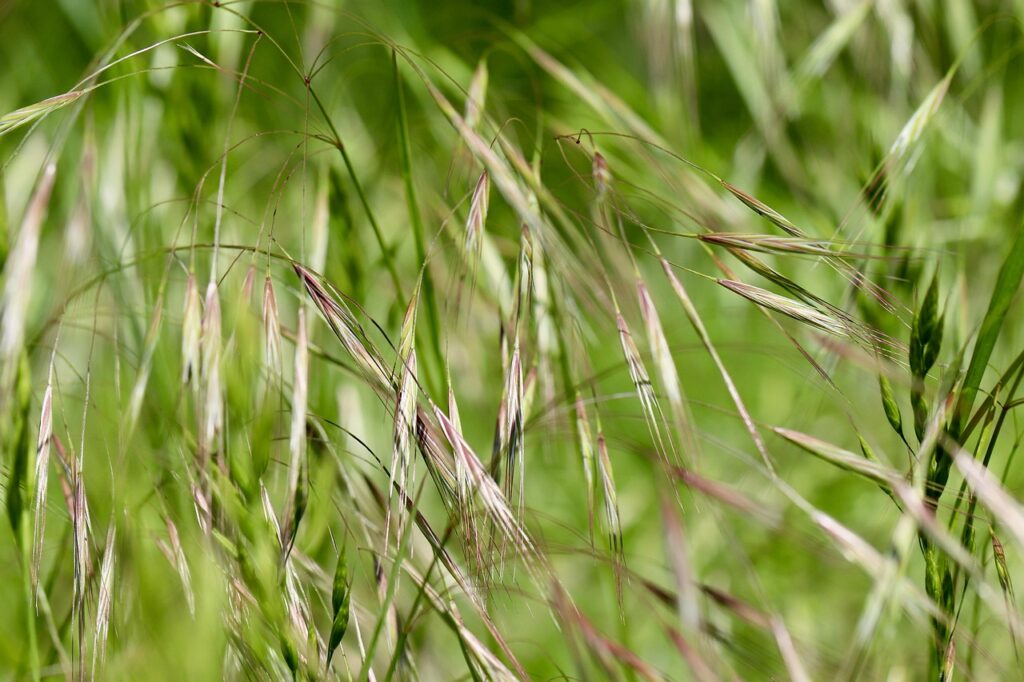
For cool-season grasses, the optimal planting periods are early spring and early fall. Here’s a breakdown of the ideal times:
Spring Planting
- Timing: Late March to early May
- Soil Temperature: Aim for 50°F to 65°F
- Popular Grass Types: Kentucky Bluegrass, Perennial Ryegrass, Tall Fescue
Fall Planting
- Timing: Late August to mid-September
- Soil Temperature: 60°F to 75°F
- Advantages: Cooler temperatures and increased moisture levels promote successful germination.
Best Time to Plant Warm-Season Grass Seed
For warm-season grasses, the best planting time is late spring to early summer. Here’s how it breaks down:
Spring Planting
- Timing: Late April to early June
- Soil Temperature: 70°F to 95°F
- Popular Grass Types: Bermuda Grass, Zoysia Grass, Buffalograss
Summer Planting
- Timing: Early June to late July
- Soil Temperature: 80°F to 95°F
- Considerations: Ensure adequate watering during the hot summer months.
Regional Considerations for Planting Grass Seed
Different regions have unique climate patterns that influence the best planting times for grass seed.
Northern Regions
- Best for cool-season grasses
- Spring and fall are ideal planting times
Southern Regions
- Best for warm-season grasses
- Late spring to early summer is optimal for planting
Midwestern Regions
- Cool-season grasses are preferable
- Plant in early spring or early fall
Western Regions
- Varied climates allow for both cool-season and warm-season grasses
- Timing can depend on elevation and local weather patterns
How Weather and Soil Conditions Affect Seeding Success
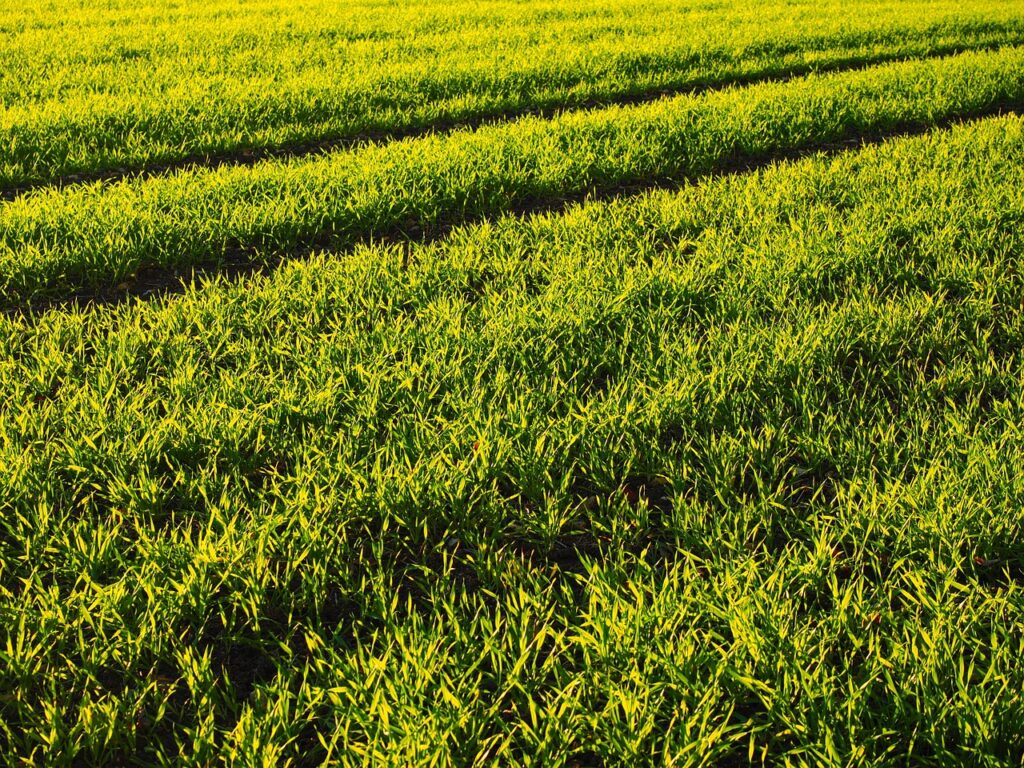
Weather and soil conditions play a pivotal role in the success of your grass seed planting. Monitoring these factors can help ensure optimal results.
Weather Considerations
- Temperature: Ensure soil temperatures are within the recommended range for your grass type.
- Rainfall: Adequate rainfall should occur after planting, but avoid heavy rains that can wash away seeds.
Soil Conditions
- Soil Quality: Test soil for pH and nutrient levels to ensure it meets grass requirements.
- Drainage: Well-draining soil is essential to prevent seed rot.
Step-by-Step Guide to Planting Grass Seed
Following a systematic approach can enhance your chances of a successful lawn. Here’s a concise step-by-step guide:
- Prepare the Soil: Clear debris, rocks, and weeds. Loosen the top 2-3 inches of soil.
- Test the Soil: Conduct a soil test to evaluate pH and nutrient levels.
- Seed Selection: Choose the right type of grass seed based on your region and sun exposure.
- Sow the Seeds: Use a broadcast spreader for even distribution. Follow the recommended seeding rate.
- Watering: Lightly water the area immediately after planting and maintain consistent moisture.
- Fertilize: Apply a starter fertilizer to promote strong root development.
- Monitor Growth: Keep an eye on moisture levels and adjust watering as needed.
Common Mistakes to Avoid When Planting Grass Seed
Even seasoned gardeners can make mistakes. Here are common pitfalls to avoid:
- Planting at the Wrong Time: Failing to consider seasonal temperatures can hinder germination.
- Overseeding: Too many seeds can lead to competition for nutrients and space.
- Neglecting Soil Preparation: Skipping soil testing and preparation can lead to poor growth.
- Inconsistent Watering: Inadequate or excessive watering can affect seed germination.
- Ignoring Local Conditions: Not considering local climate and soil types can lead to failure.
Key Takeaways for Successful Grass Seeding
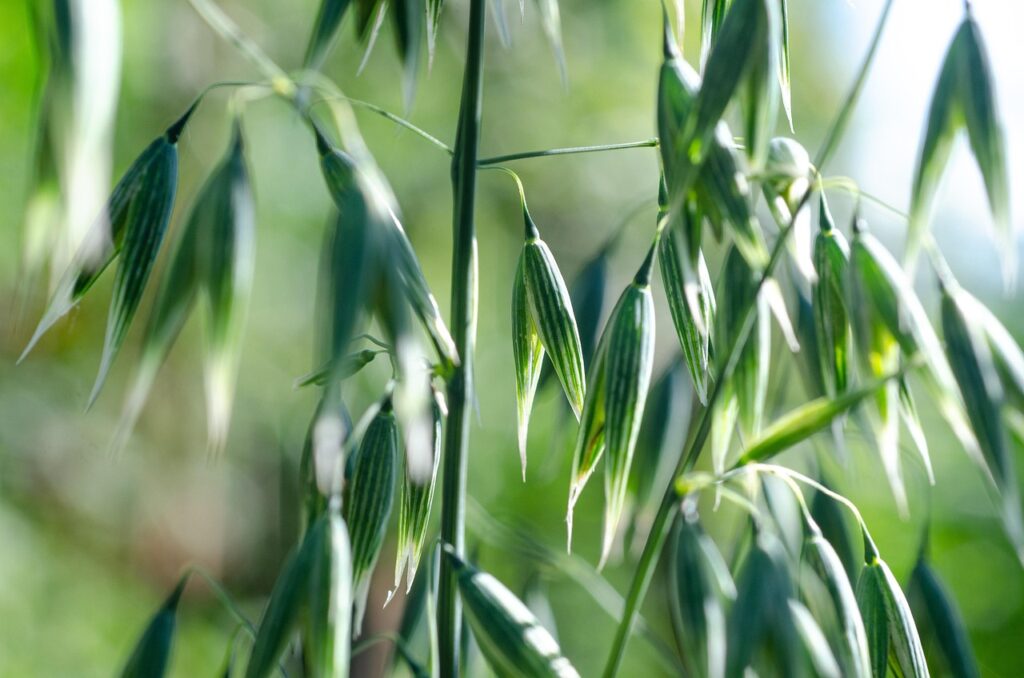
Timing is a crucial factor in the successful planting of grass seed. To achieve a thriving lawn, consider the following key points:
- Understand the difference between cool-season and warm-season grasses.
- Plant cool-season grasses in early spring or early fall; warm-season grasses in late spring or early summer.
- Take into account regional climate and soil conditions for optimal timing.
- Follow a systematic planting guide to ensure successful germination and growth.
- Avoid common mistakes to enhance the chances of a lush, green lawn.
By adhering to these guidelines and understanding the factors that influence grass seed planting, you can set yourself up for success in creating a beautiful lawn that enhances your outdoor space.
